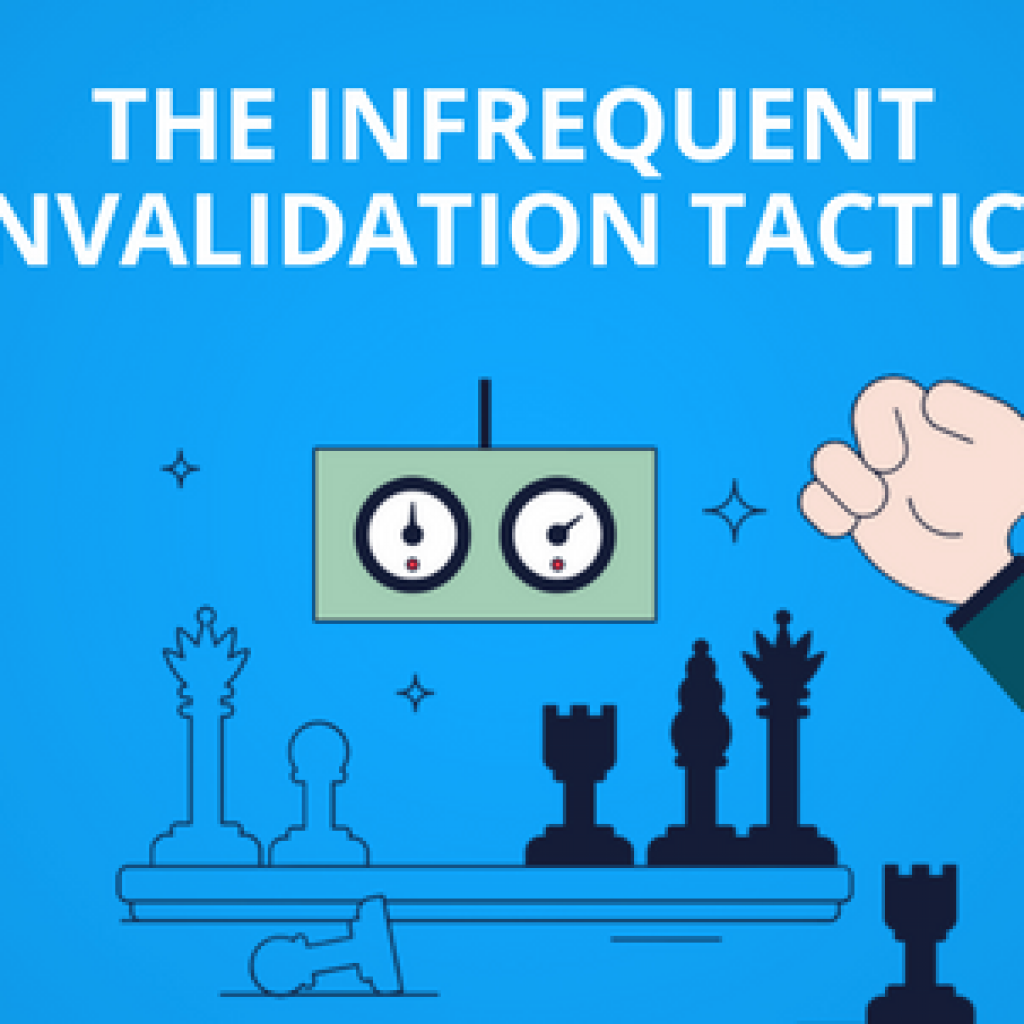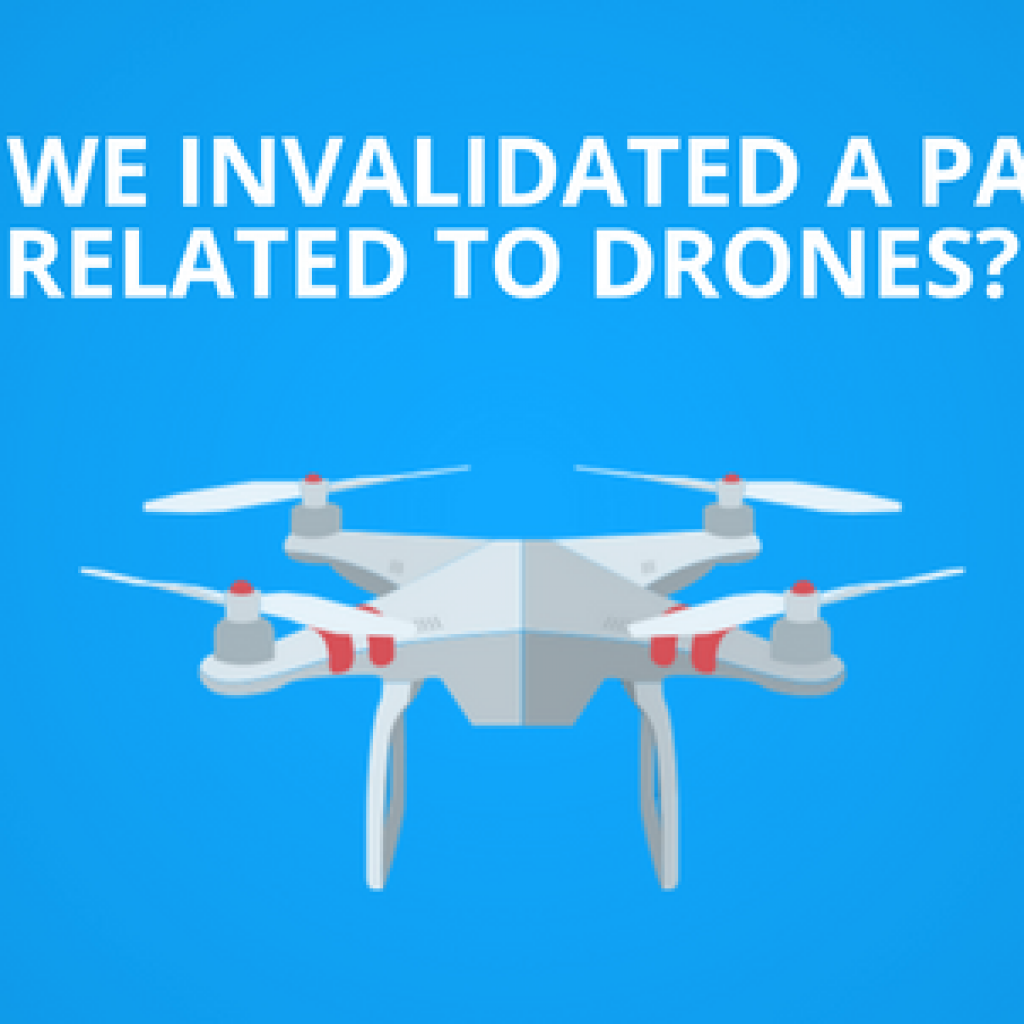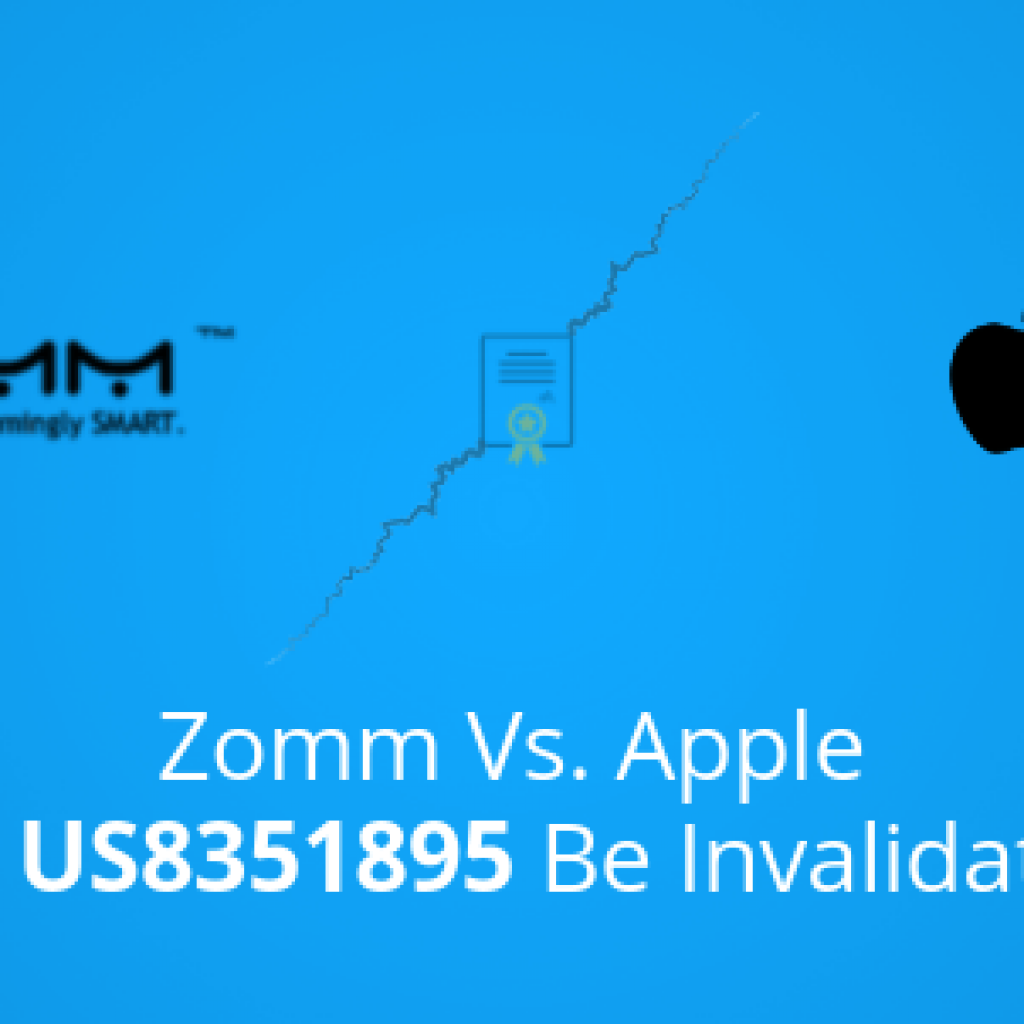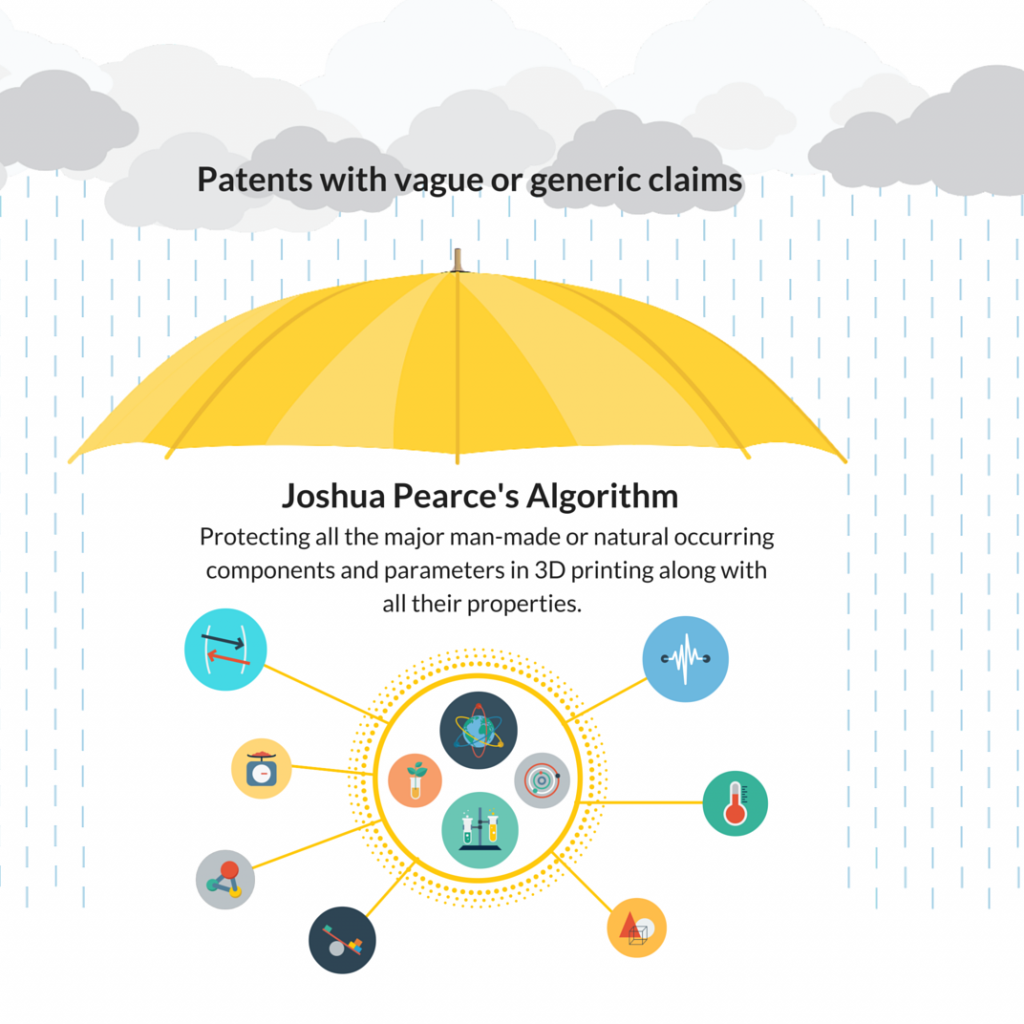At GreyB, We are very proud of how we perform the invalidity search internally and at the same time very vocal about our attitude of ‘If it exists we are going to find it’.
There is a lot of work that goes into delivering high-quality results to the client. We have different teams that work in synergy with each other to achieve this goal. As new type of requirements evolves at client’s end, it’s important for us to understand how we adapt quickly.
If you want to understand how we do it internally, today we are going to share an actual internal email, which was sent to all the project managers, to provide you an idea of how “each individual at GreyB is committed towards making sure that our client gets what they want”.
Hello, All –
We have worked on a number of IPR (Inter Partes Review) related searches in the past few months, and have also had the opportunity to listen first hand to the requirements of the patent attorneys involved in these cases.
As an IP analyst, our focus tends to be biased mostly towards the technical requirements of the case in question. This usually results in treating the IPR searches in a manner very similar to an invalidity case or an opposition proceeding. This is apparent in most of the IPR Searches that we have handled so far.
An Invalidity Search vs A Search for an IPR Proceeding
There is a need to understand the finer differences between an invalidity search and a search conducted for an IPR proceeding. In a time when there are multiple search firms providing the same set of search services, not only will this understanding of the finer aspect differentiate us from others but it will ‘add value’ to the client’s efforts in the true sense of the word.
The obvious consequence of this differentiation in our search finding will be that the client will come back to us for future cases also. This is how we can grow as a business and most importantly as a search team, as the return of a client is a validation of the fact that our search efforts are/have been in the right direction.
The question now is how we then understand the finer differences between an invalidity search and IPR search. The answer lies in the basics.
We need to understand the differences in the motivation behind an invalidation case and IPR filing, and then analyze these differences of motivations by asking relevant questions to ourselves such as – Is the search objective and the methodology being followed to achieve this objective by us for an IPR filing in line with the motivation of the client in filing the IPR.
Here are a few examples of the differences in motivation that has been articulated well by an article I came across –
1. Presumption of Validity Does Not Exist: Unlike in district court, patents are not assumed to be valid at the Patent Trial and Appeal Board (“PTAB”). See 35 U.S.C. § 282 (“[a] patent shall be presumed valid”). In IPR, patentability of the claims is being challenged, rather than validity.
This is a very important aspect that we need to consider during our searches. Usually, we tend to focus on the claim clauses/elements and then try to find invalidating prior art. Our focus should be to actually try to question the patentability of the concept claimed by the subject patent using our search findings. This actually opens a broader set of prior art to be analyzed by us and thus our search strategies, relevancy/filtering criterion, etc. should be in line with this motivation.
We should constantly question ourselves during a search – Is our search strategy too narrow or limited just by claims? Are there any application area that may actually question the patentability even if it does not map on the claim elements? Is it better to do a separate search for 103 type of references dedicatedly Vs. Focusing on 102 type of references and then consequently reporting the less relevant results as 103 type?
2. Burden for Finding Unpatentability is Lower: The burden is lower for the petitioner to challenge patentability in front of the PTAB than for a defendant to challenge the patent’s validity in district court. In district court, a defendant must prove invalidity by clear and convincing evidence. In contrast, at the PTAB, the petitioner must prove unpatentability by a mere “preponderance of the evidence” standard.
Again, what we need to do is keep our search parameters broader from the beginning itself rather than going for a subsequent extended search where we explore broader application area as has happened with us in the past. Of course, time limitations of a search also come into play, but we should be focused towards the objective of the search.
3. Claim Construction is Broader: The PTAB sets forth that claims will be granted their “broadest reasonable construction in light of the specification of the patent in which it appears.” This is broader than the “ordinary and customary meaning” to a person of ordinary skill in the art at the time of the invention. The broader the claim, the more likely prior art exists that will render the patent anticipated or obvious.
This is why the client usually expects us to find something in an IPR search, and this is why there is a greater possibility of the existence of useful prior art during an IPR search.
4. PTAB Has Technical Expertise: In contrast with most district court judges and juries, the PTAB is staffed with experienced patent attorneys with technical backgrounds. Familiarity with patent law and greater technical understanding favors petitioners, particularly where the technology or aspects of patent law at issue are complex.
What it essentially means for us is that we have to go into as much detail as possible while analyzing complex prior art and report it in a clear and concise manner in our report, even if turns out to be highly technical. Also, what it does is give us the freedom to inter-relate two prior art that we found in a less restricted manner as compared to a validity case.
There are other significant differences in the motivation behind filing an IPR and an invalidity case that can be understood from the complete article available at: 10 Reasons Every Defendant in Patent Litigation Should Consider Inter Partes Review
Hope the information in this article takes us a step forward in differentiating our searches and providing an even better set of findings than we do now. In case, you have any additional thoughts, please feel free to share it.
Regards,
Vikas









